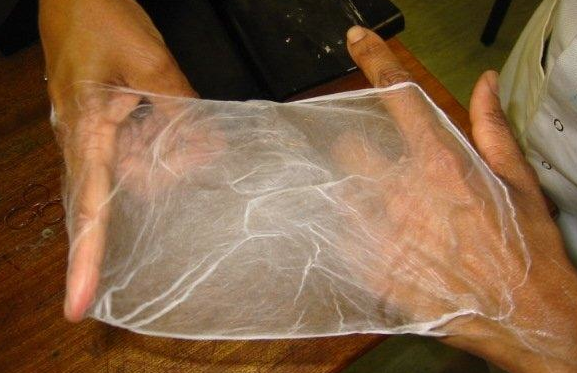New Scientist
Image: Suwan Jayasinghe
A new approach to “printing” living cells could make it easier to arrange them into precise structures without harming them. This could enable future therapies where replacement limbs or organs can be printed to order.
The most advanced form of bioprinting borrows technology from the office. A solution of cells dubbed “bioink” is used in standard inkjet printing heads to make layers of cells on the microscale. But the technique gives a limited degree of precision, says Suwan Jayasinghe at University College London.
“The drops that come out of the inkjet printer needle are generally around twice the needle diameter,” he says. “The printers use a 60-micrometre needle, so the droplets are at least 100 µm in diameter.”
Those needles can also damage larger cells, Jayasinghe continues. “Some cells, like neonatal cardiomyocites – baby heart cells – can be 100 µm across,” he says. Squeezing them through an inkjet needle can make them rupture and die. Read more on newscientist.com…








